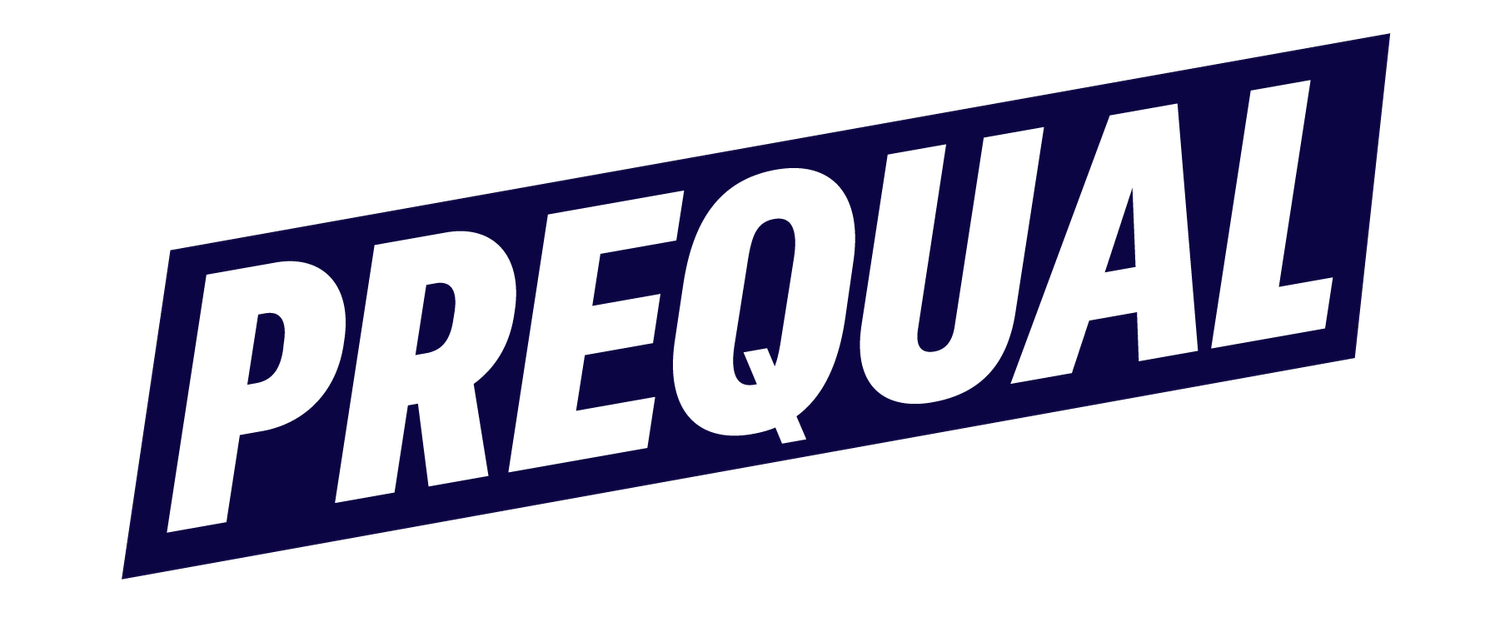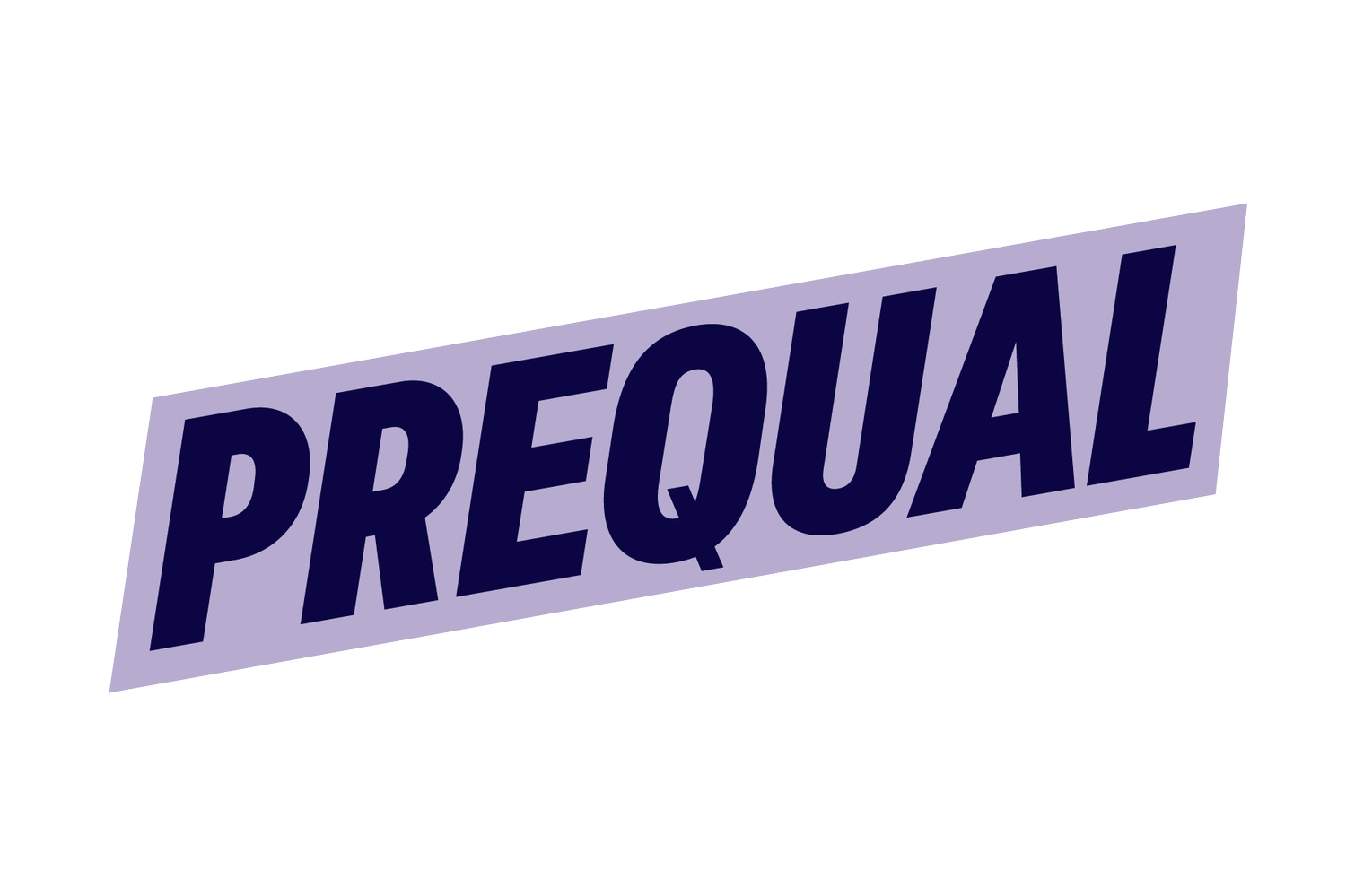Warm Calls 101: How to Call Warm Leads and Close the Sale
Warm calls present a significant opportunity for female entrepreneurs looking to boost their revenue. These leads have already shown interest in the products or services offered and are exploring options to address their needs or challenges.
The good news is that there’s a well-established framework for navigating warm calls. When someone has expressed interest and is in the exploration phase, it’s crucial to use this opportunity to ask the right questions and fully qualify the lead. This approach ensures that time spent with the lead is productive and focused on uncovering their true needs.
The bad news is that closing a sale is not typically the immediate outcome when dealing with warm calls. Instead of converting leads, the focus should be on spending time rooted in authenticity and curiosity. This interaction should be guided by a structured approach to qualification—rather than rushing to make a sale. By thoroughly understanding the lead's needs and aligning them with your offering, you’ll eventually earn the right to pitch.
This guide provides a comprehensive framework for effectively managing warm leads, ensuring they are fully qualified before presenting a solution.
Defining a Warm Lead
A warm lead refers to a prospect who has shown interest in your product or service, making them more likely to make a purchase compared to a cold lead. They may have engaged with your website, interacted with your content, or attended your events—prime candidates for aligning with your offerings. For this reason, it’s crucial to learn how to call warm leads and convert confidently.
Warm Calls: The Art of Converting Leads Through Qualification
Before moving forward with a sale, it is essential to qualify the lead thoroughly. This means understanding their needs and ensuring alignment across six critical areas:
Needs and Wants: Does the prospect have an identifiable problem?
Offerings: Do the products or services solve this problem?
Timing: Is finding a solution a priority for the prospect?
Decision Makers: Who has the authority to make the purchasing decision?
Value: What are the expected outcomes and goals?
Budget: Does the prospect have the resources to invest in the solution?
By focusing on these factors, you’ll gain a clear understanding of whether the lead is a good fit—which will help guide future interactions and proposals.
Framework for Navigating Warm Calls
When engaging with warm leads, the primary goal is to qualify rather than immediately close the sale. The following steps provide a structured approach:
Warm Calling Step 1: Initial Contact
Start with a warm and authentic introduction. Acknowledge the lead’s interest and express a genuine desire to explore how your business can assist.
EXAMPLE:
“Hello [Lead’s Name], this is [Name] from [Company]. I noticed an interest in [specific product/service] and wanted to thank you for considering us. I would love to learn more about your needs and see how we can assist.”
Warm Calling Step 2: Qualifying the Lead
During the conversation, ask thoughtful, smart questions to uncover the lead's needs and priorities. This step is crucial for determining how well your offerings align with their requirements—and, equally as important, it helps build a stronger understanding and relationship with the lead.
EXAMPLES:
What challenges is your business currently facing?
How do you currently address these challenges?
What has prevented you from finding a solution so far?
How urgent is resolving this issue for your business?
What timeline are you considering for implementing a new solution?
What budget constraints are you working within for this project?
What would a successful outcome look like for your business?
What metrics will you use to measure the success of this solution?
Who else in your organization will be involved in this decision?
Warm Calling Step 3: Building the Relationship
If the responses indicate a good fit, focus on nurturing the relationship. Schedule follow-up touchpoints, each offering value, such as additional insights, information, or status updates. This helps maintain engagement and interest.
EXAMPLE:
“Hello [Lead’s Name], I wanted to share a case study that might be interesting to you. It highlights how a client with similar needs achieved great results. Looking forward to our next conversation!”
Warm Calling Step 4: Earning the Right to Pitch
Once the lead has been fully vetted and aligns with the offered solution, you’ve earned the right to pitch. This stage requires clear communication on how the solution meets the lead’s needs and adds value. For a detailed guide on preparing for and executing a successful pitch meeting, refer to our article, Preparing for a Pitch Meeting—which breaks down the essential steps for converting leads and closing the deal.
Navigating Warm Calls: Strategies for Women-Owned Businesses
Learning how to call warm leads is crucial for women-owned businesses. By thoroughly focusing on qualifying leads, resources and efforts are directed toward prospects genuinely aligned with the business’s offerings. This strategic approach boosts the chances of closing sales while building stronger, more authentic client relationships. Always be qualifying, and success will follow.


